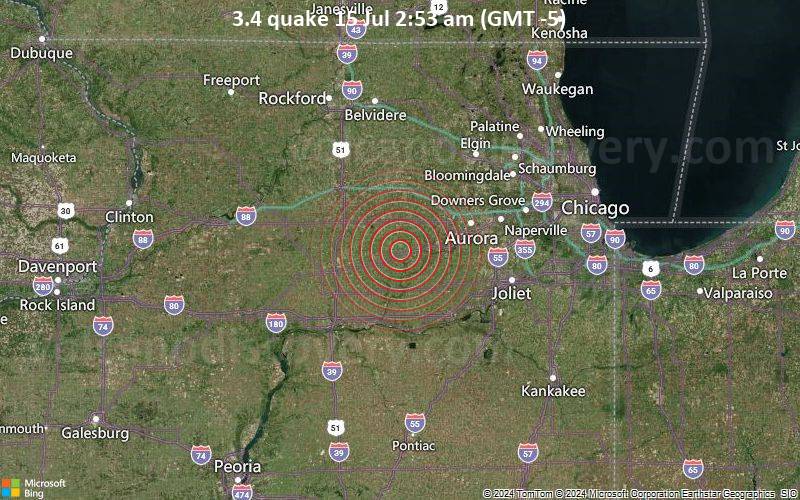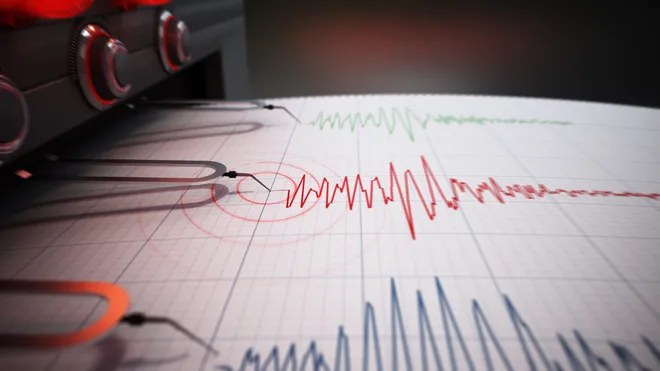Northern Illinois experienced an unexpected jolt early Monday morning as a 3.4 magnitude earthquake struck the region. At precisely 2:53 a.m. local time, the United States Geological Survey (USGS) reported the epicenter near Somonauk, a village approximately 64 miles west of Chicago. The early-morning tremor caught residents off guard, awakening many from their sleep.

Impact Felt Across Western Chicago Suburbs
Residents in western Chicago suburbs, such as Aurora, reported experiencing weak to light shaking. Despite the noticeable tremors, the quake was not strong enough to cause significant damage. According to the USGS, earthquake damage typically does not occur until the magnitude reaches 4.0 or 5.0. However, factors such as the distance from the epicenter and the construction of buildings can influence the extent of damage. While the tremor was alarming for some, it served as a reminder of the Midwest’s seismic activity. “I felt my bed shake slightly,” said one Aurora resident. “It was enough to wake me up, but nothing was damaged.”
History of Earthquakes in Illinois
Monday’s earthquake marks the first in Illinois to measure over a magnitude of 3.0 since December 2023. Although the Midwest is not typically associated with frequent seismic activity, Illinois has experienced its share of earthquakes. The state lies within the New Madrid Seismic Zone, a major seismic zone that extends into several Midwestern states.
Illinois’ seismic history includes notable quakes such as the 1968 magnitude 5.4 quake near Dale, which remains one of the strongest recorded in the state. While the recent 3.4 magnitude quake in Somonauk was minor in comparison, it highlights the need for preparedness and awareness in regions not typically known for earthquakes.

As residents of northern Illinois resume their daily routines, the tremor serves as a reminder of the earth’s unpredictable nature. While the risk of significant damage from such quakes remains low, staying informed and prepared is always advisable.
